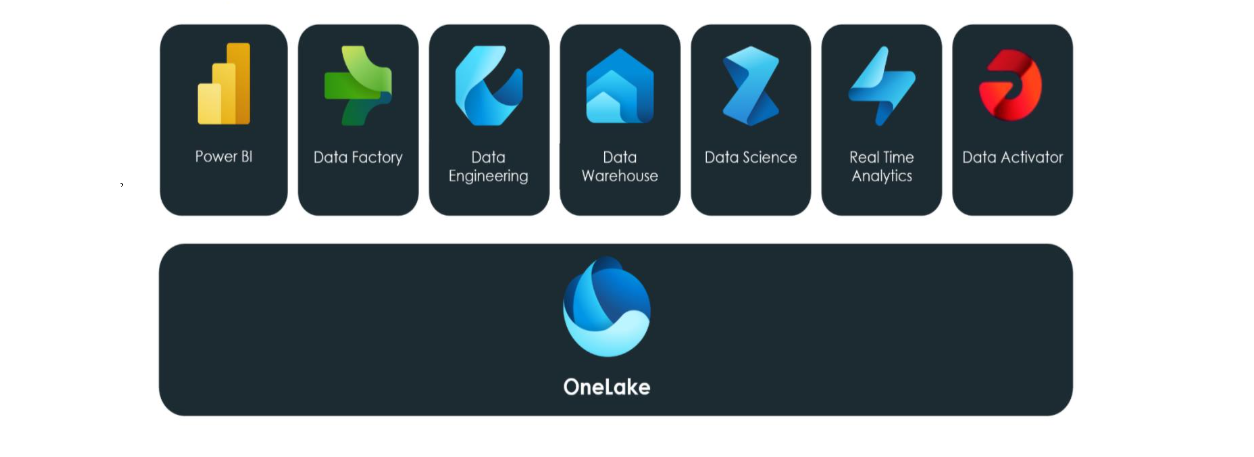In recent years, the demand for secure access has witnessed a significant surge, prompting businesses to adapt to the diverse needs of users across various applications and ensure robust cybersecurity measures. The potential risk posed by the mismanagement of user credentials was highlighted in a recent Verizon Data Breach Report, revealing that 81% of confirmed data breaches involved weak, stolen, or default passwords.
Effectively managing user information, whether it’s passwords or email addresses, becomes a challenging task without a proper control system. This challenge is exacerbated by the vast amount of data that needs to be stored, processed, and transmitted daily. To address these challenges, businesses require reliable and flexible access control solutions, and this is where Identity and Access Management (IAM) becomes crucial.
IAM involves a comprehensive framework of processes, policies, and systems designed to securely and efficiently manage users’ digital identities. It encompasses advanced technologies like Single Sign-On (SSO), Multi-Factor Authentication (MFA), and password management. The three fundamental concepts of IAM – identification, authentication, and authorization – collectively ensure that users have the appropriate access.
Surveys, such as the one conducted by KPMG, indicate that 92% of businesses plan to increase their investments in IAM tools. These solutions offer numerous benefits, making them essential for IT security.
Here are six key benefits of Identity and Access Management:
- Efficient Workforce Access: Ensuring employees have the right access to company resources is a complex task. IT departments play a crucial role in monitoring and maintaining access privileges based on roles, groups, and other factors to ensure account security.
- Scalability: As companies scale, manually managing workforce identity and access permissions becomes cumbersome. IAM systems help enable security compliance, automate IAM programs, and allow the IT team to focus on critical tasks.
- IAM Definition: IAM is a framework of policies and procedures to manage digital identities and enable secure authentication for an organization’s digital assets. IT departments use IAM software to securely control users’ access privileges and applications across on-premise and cloud-based systems.
- IAM Implementation: Implementing an IAM program involves assessing the current situation, defining the scope, evaluating the right approach, selecting the best solution, assessing cost factors, defining a strategy, and finally, implementing the IAM solution. IAM implementation benefits organizations by automating user identity and access management, improving security, and ensuring compliance with industry regulations.
- IAM vs. CIAM: IAM software manages employee and application identities, while Customer Identity and Access Management (CIAM) software focuses on managing customers who use publicly available applications and websites.
- IAM Benefits: IAM systems offer various benefits to organizations, including governing all users under a standard policy, mitigating data breach risk, increasing IT efficiency, proving compliance, enforcing user authentication and authorization policies, and enabling secure access for external users.
Enroll for
To effectively implement IAM programs, organizations should set clear goals, review and remove zombie accounts, adopt a zero-trust policy, consider cloud-based applications, and move toward automation. IAM best practices help organizations address security challenges, manage users effectively, and maintain a strong security posture.
Here are five leading IAM software based on G2’s Grid Report:
- IBM Security Verify
- Okta
- JumpCloud
- Rippling
- Auth0
- OneLogin
Moving toward automation is crucial, and adopting IAM tools with automation features helps reduce manual effort, save time, and maintain robust account security. IAM systems ensure companies adhere to regulatory compliance and help maintain a strong security posture.
Additional reasons to consider IAM services include improved user experience, reduced password issues, enhanced security, improved efficiency of security teams, improved regulatory compliance, and reduced IT operating costs. IAM services provide necessary controls to secure organizations from internal and external threats, offering full access control, cost savings, customer satisfaction, enhanced user experience, improved business performance, and increased mobility security. The IAM market is projected to reach USD 24.12 billion by 2025, indicating steady growth in response to the increasing complexity of data breaches, making it imperative for businesses to implement IAM solutions to address the evolving landscape of cybersecurity threats.











